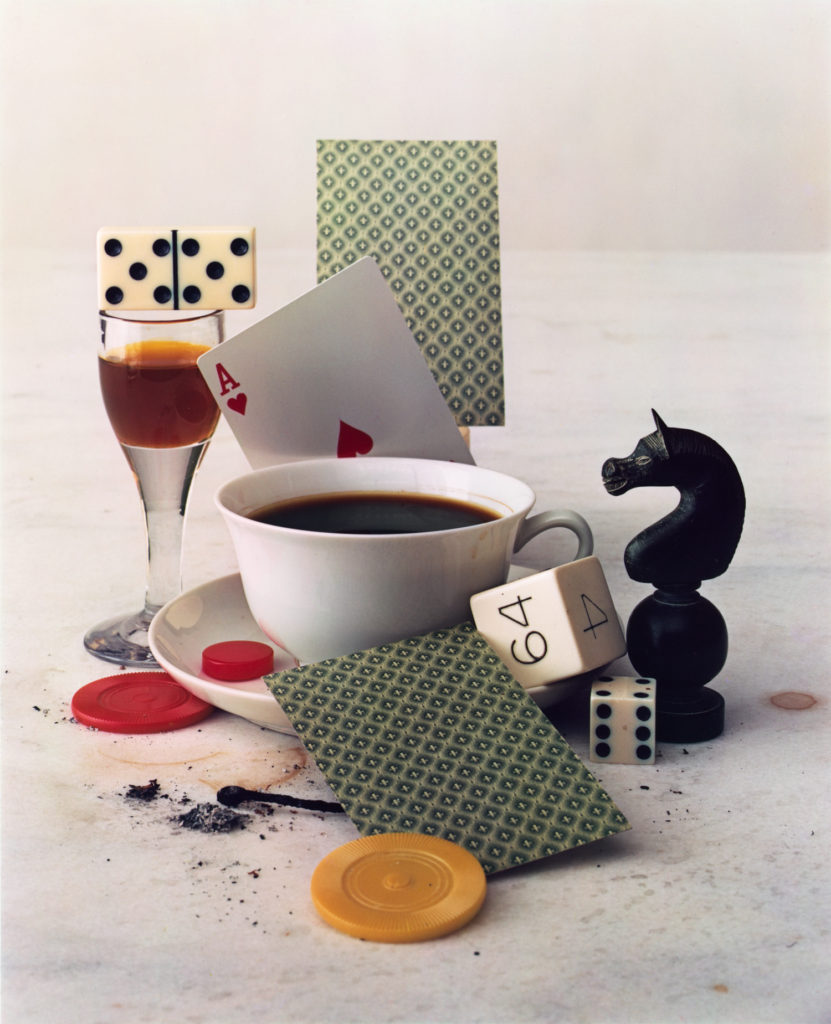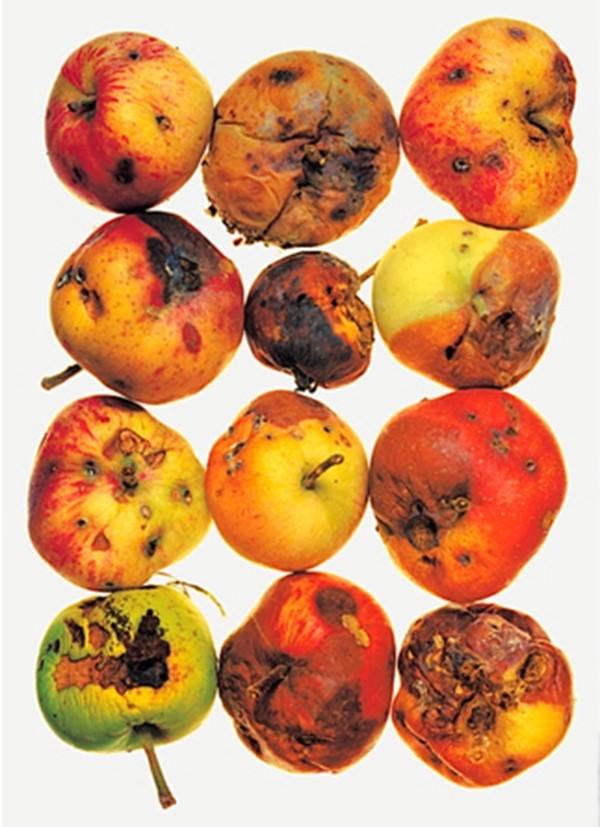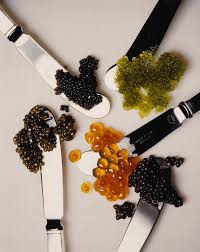“I myself have always stood in the awe of the camera. I recognize it for the instrument it is, part Stradivarius, part scalpel.”
Irving Penn was an American photographer known for his portraits and fashion photography alongside still life’s. He has a book titled ‘Still Life: Irving Penn Photographs 1938-2000’ – This book gathers Penn’s work in the still life genre, so central to his art, from 1938 until 2001. It opens with an introduction by John Szarkowski, who places Penn within the larger context of artists working in still life. Penn oversaw the design and production. – Published by Bulfinch Press, Boston, 200
At a time when photography was primarily understood as a means of communication, he approached it with an artist’s eye and expanded the creative potential of the medium, both in his professional and personal work. Penn’s preference for photographing in the controlled environment of a studio, where he could trim away anything that was not essential to his compositions and hone in on his subjects.
I have previously taken some time to look into Irving Penn studio portrait photograph and look into his style of working and found it very interesting and informative and eventually worked very well with outcomes for studio portraits, which is why I have chosen to look at Penn for still life photography of objects as well.
Collection of Irving Penn’s still life work:
I enjoy Irving Penn’s work as I find it pleasing to the eye and I like the way that some of the photographs look less staged, like somebody has been using the cutlery or using the ruler and then Penn has taken a photograph how it has been left and this is something that I like about the images and how they are presented. I also like how some show repetition with the apples they are all laid out 3 by 4 and is something I would like to try and experiment with when I look at making my own still life photographs.
Image Analysis:
Below shows the photograph I have chosen to edit and look into in more depth. This photograph is called ‘After Dinner Games’ and was taken in New York in 1947. The photograph shows a variety of objects placed on a table. Unlike some other still life photographs I have seen where there is no horizon line, in this image we can clearly see the line where the table cloth ends and the wall begins, I feel this generates a more ‘lived-in’ feel as it is less artificially placed. The objects have been arranged to seem as though people have been using them and this is how they have been left, we can see drink and ash stains on the cloth as well which adds to less synthetic feel to the photograph. The image has fairly white light suggesting that is probably artificial rather than natural light which I feel tends to be more warm and yellow, there is a slight shadow falling to the right of the photograph from the underneath of the card, the dice and the chess piece suggesting the light is mainly coming from the left side of the photograph. I enjoy the composition of this photograph with how all of the objects are linking together and aren’t just laid out separately, I feel it creates a really interesting photograph that is pleasing to look at and creates and idea or story of what could have been happening if this photograph was taken in a real life situation.

Irving Penn – After Dinner Games – New York 1947






